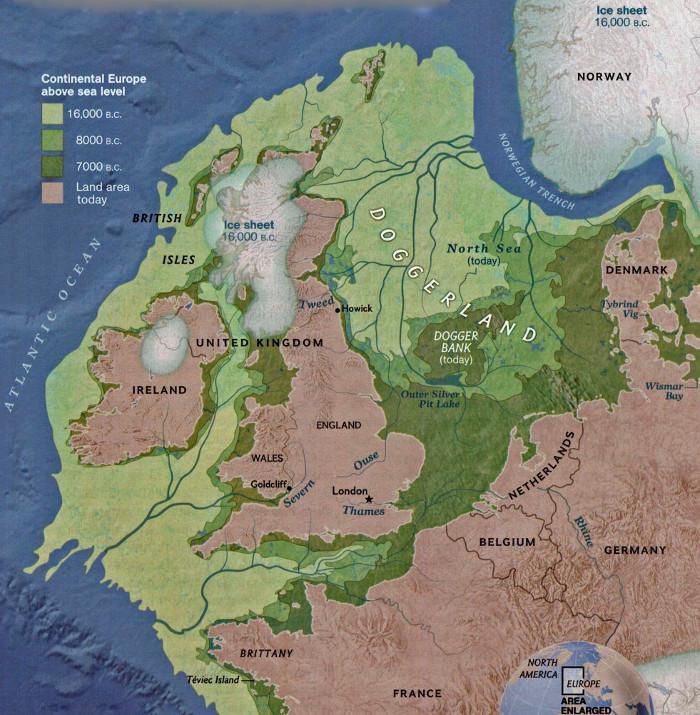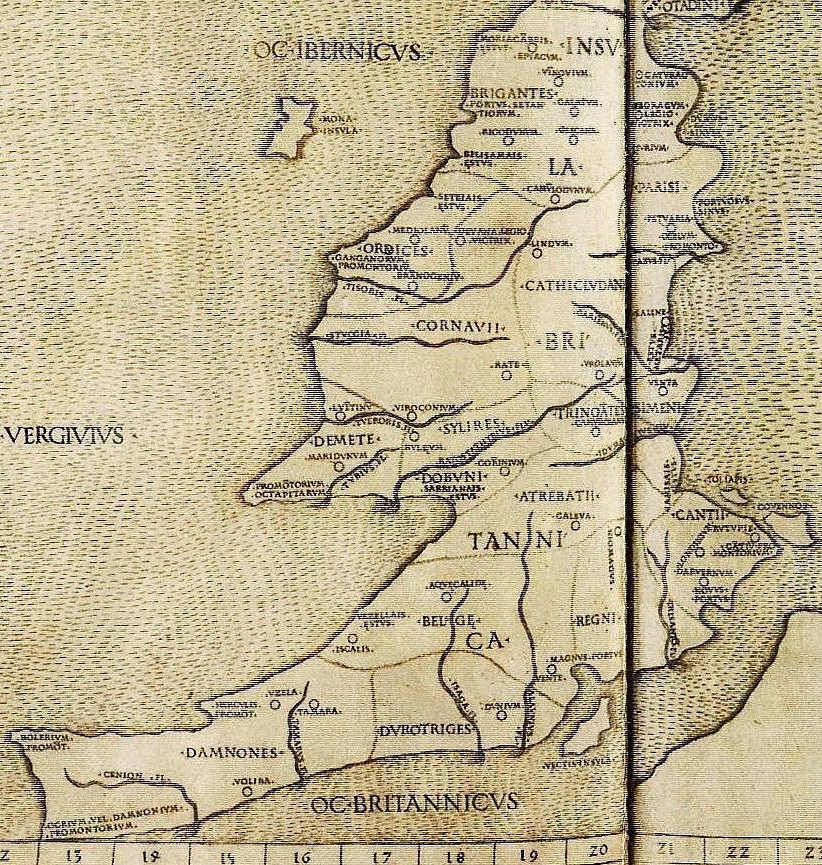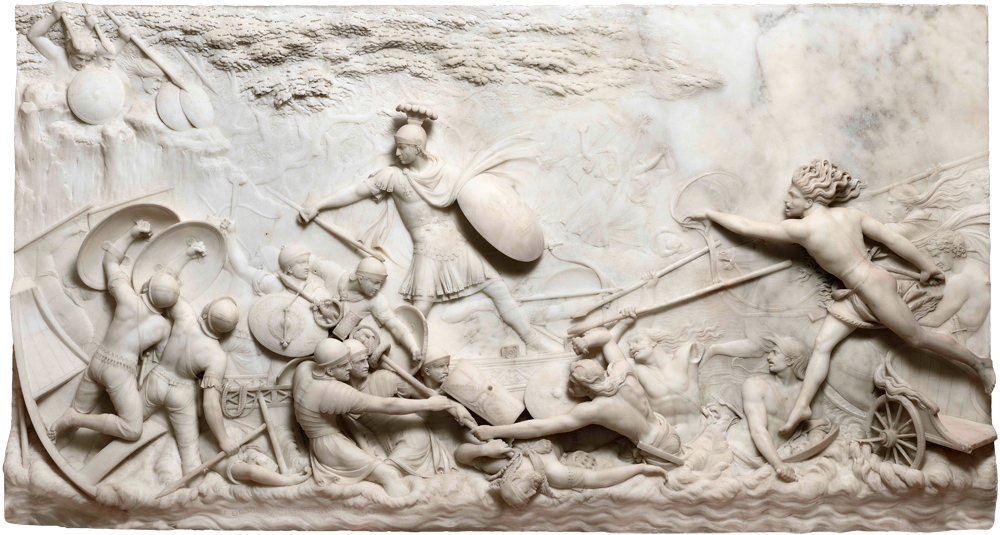
Timeline
Historians use timelines to put events in chronological order, and this is important for understanding the time in which they occurred.
The timelines explain the complete picture of a particular era and represent a series of significant events of great importance for the new generations. In turn, it helps us understand why these events marked our past, and analyzing them allows us to understand their logical link in time.
The study of history is important because it explains to us where we have been, and perhaps it tells us how to best move towards our future while avoiding the mistakes of our past.
In the following timeline, we look at British history, with it's major territorial changes and political events in the United Kingdom and it's predecessor states.
Historical timeline of the United Kingdom
The British Paleolithic can be established between 750,000 and 10,000 BC, and during this long period there were many environmental changes, in particular the alternation between glaciations and interglacial periods.
The inhabitants were hunter-gatherers who followed the animals across northern Europe. At that time, the southern and eastern parts of the territory were linked to present-day continental Europe by a long land bridge, allowing human groups to move freely from one side to the other.
A great river crossed the present English Channel, that went towards the west and was fed by the present Thames and the Seine. This reconstruction has made it possible to follow the first routes followed by the inhabitants of Eurasia to reach Great Britain by following the course of that river, which has been called Bytham.
Successive ice ages probably forced people to migrate, but in the interglacial period known as the Hoxian, 420,000 to 360,000 years ago, Britain was populated by clactonian instrument makers, such as those found at Barnfield Pit, Kent.
Britain has been inhabited uninterruptedly for about 12,000 years, and what is known of its first inhabitants and their culture is due to archeology, as they did not use writing as far as we know.
Around 6500 BC, at the end of the ice age, the sea level rose and Britain separated from the rest of Europe, becoming an island.
Around 4500 BC, agricultural settlements began to be established, when knowledge of agriculture spread from Europe, and around 3500 BC, there were agricultural settlements across much of the island.
5th century BC
The Celts arrive from Central Europe
Around 500 BC, a new wave of colonization settled in Great Britain. These peoples known as Celts came from Central Europe and had occupied most of the territory.
The Celts were very skilled craftsmen and lived in highly organized tribal groups, typically ruled by a tribal chief, and they were also warriors and fought with other tribes.
They had an upper class of warriors, distinguished by their long mustaches, and a lower class of slaves and workers who lived in tents.
It was not uncommon to find female warriors and the best known was Boudica (c.20-c.61), the queen who later fought against Rome.
The Celts practiced paganism, their priests were the Druids and the Celtic culture did not use writing, so the law and rituals were transmitted orally.
500 BC
4th century BC
Pytheas of Massalia and the circumnavigation of Britain
Around 325 BC, the Greek navigator Pytheas (350 BC-285 BC) embarked on an amazing journey that would take him far beyond the known limits of the Mediterranean, exploring almost the entire coast of the island writing a fairly detailed description of it's geography and inhabitants.
His account of the voyage, called On the Ocean, documented a voyage by sea to Britain, the North Sea, and the northeast coast of Europe, the mysterious northern lands that were the sources of the supply of tin and gold.
This is the oldest documented description of the British Isles and, significantly, it also contains tantalizing evidence that Pytheas was able to reach as far north as Iceland and the Arctic Ocean.
These were lands that according to Greek mythology, were occupied by a race of giants known as the Hyperboreans but, unfortunately, there are few details about the trip as the treaty has not survived.
c. 325 BC
1st century BC
First Roman Invasion of Britain
Julius Caesar (100 BC-44 BC) leads the first Roman military expedition to Britain, although his visit did not lead to conquest. This first invasion took place in summer and it's unknown if it was planned as a full-scale invasion, since if so it was a failure, since Rome could only conquer the Kent coast and little else, or as a reconnaissance mission.
During this time, Britannia, derived from the people of the Britons, is the name that the Romans gave to the province that occupied the center and south of the present island of Great Britain.
55 BC
Second Roman Invasion of Britain
The second expedition of Julius Caesar (100 BC-44 BC); again, the invasion did not lead to conquest. However, this second attempt was more successful, and Julius Caesar (100 BC-44 BC) managed to restore his ally Mandubracius to the throne of the Trinovantes, dismissing his rival Cassivellaunus.
Although Caesar (100 BC-44 BC) did not manage to conquer territories for the republic, the success of the campaign lies in the fact that Rome had it's first allies on the island and imposed the first tributes among the tribes of Britannia.
The first historical reports say that King Diviciacus of the Suessiones, a Belgian tribe, exercised sovereignty over part of this island.
54 BC
This website is developed by Westcom, Ltd., and updated by Ezequiel Foster © 2019-2024.






